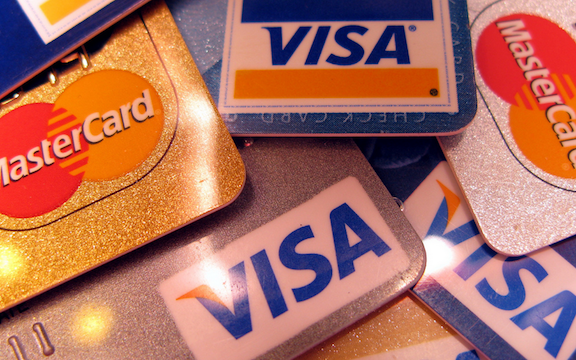No Surprise Here: Prepaid Card Fees Vary Considerably
A survey by Bankrate.com looks at 30 widely held prepaid cards and found that while all charge fees, the actual fee structures vary widely.
“Not all prepaid cards are created equal,” Greg McBride, CFA, chief financial analyst for Bankrate.com, says. “Some have many fees, some have few; some will waive or reduce monthly fees, others won’t; some permit free in-network ATM withdrawals, others don’t.”
Nearly 83% of the cards surveyed charge a monthly maintenance fee from $1 to $9.95, however 33% of issuers will waive the fee depending on the amount of money loaded to the card.
While prepaid cards are widely available in retail stores, consumers might be better off purchasing them online.
More than half the cards surveyed by Bankrate assessed an activation fee ranging from $2.95 to $9.95 when purchased at a retail store. Nearly 10% of cards surveyed do not charge an activation fee if purchased online or over the phone.
A trip to the ATM to withdraw funds or check your balance quickly adds up. Of the cards affiliated with an ATM network, 64% do not charge in-network withdrawals, however all 30 cards assess fees, ranging from $1 to $2.50, for using ATMs outside the network.
Checking your balance at an ATM will result in a fee between $0.45 and $3 for 77% of prepaid cards surveyed.
When you finally decide to use your prepaid card to, you know, make a purchase, you’ll be paying for more than just your goods.
While point-of-sale fees are rare, 17% of the cards surveyed charge a fee for PIN-based transitions and 7% charge a fee for signature-based transactions.
Although no one likes to imagine having a transaction decline at the register, it happens and it can also cost prepaid card users.
While a majority of the cards (77%) don’t charged for declined transactions, 23% charge between $0.40 and $2 for each failed purchase.
Not using your card? No worries, most prepaid card issuers no longer charge inactivity fees. But of the 17% of cards that do, thy charge between $1.95 to $5.95 for a monthly inactivity fee.
While the cards surveyed showed a marked improvement in a few fee categories, such as inactivity, the products can still cut a hole in your pocketbook.
McBride, with Bankrate, says that while the cards are a viable option for consumers they should do their research before committing.
“Call me old-fashioned, but if you’re going to build wealth and save and invest for the future, you need to be part of the traditional financial system,” he says.
But for consumers who are unable to establish traditional checking accounts, prepaid cards may be their only option. And with consumer demand for the cards at an all-time high, consumer advocates are pushing for better protections.
Earlier this year, Pew presented a model disclosure box that would allow consumers to easily and clearly compare prepaid card options and fees. JPMorgan Chase announced its Chase Liquid prepaid cards would be the first to use the new disclosure box.
Prepaid Debit Card Fees Vary Considerably [Bankrate.com]
Want more consumer news? Visit our parent organization, Consumer Reports, for the latest on scams, recalls, and other consumer issues.


